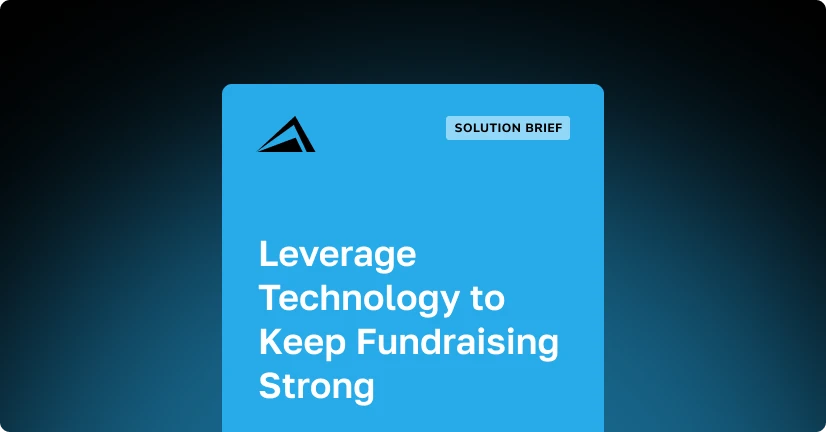Investment industry stakeholders are always eager to get data about recent past periods so that they can use it to inform their decisions going forward. That’s especially true given what the industry (and the world in general) went through in 2020. And no organization is better positioned to provide that data than PitchBook. Recently, Altvia commissioned a PitchBook report—Private Fund Strategies Report Q2 2021 on the results of different private fund strategies for the first half (H1) of 2021. It provides analysis and performance results for:
- Private equity
- Venture capital
- Real estate
- Real assets
- Private debt
- Fund of funds
- Secondaries
The report also includes excerpts from a Q&A session with Altvia SVP of Industry Solutions & Strategy Jeff Williams, plus lists of top funds of different types by size.
Below are some highlights from the report.
Industry Overview
Looking at the industry from a high level, PitchBook notes that “fundraising in H1 2021 was ahead of H1 2020, with $545.4 billion versus $531.9 billion, and even further ahead of H1 2019, which raised $436.8 billion.” And this is true even though fewer funds were raised in 2021 than in 2020 or 2019. So, we saw more money going to fewer but larger funds.
The report also provides a table of year-over-year changes by each of the private fund strategies. For example, private equity funds raised $479.6 billion which was a YoY decrease of 17.9% on a fund count of 598, which was a YoY decrease of 27.4%.
Fund “Step-Ups”
As PitchBook explains: “When a fund manager raises a follow-on fund—also known as a successor fund—it often believes that a target larger than the previous fund is merited due to increasing deal values, a shift upmarket in strategy, or even just the feeling that bigger is always better and a downsized fund would be a poor signal to send the marketplace. Allocators may also hold the cynical perspective that it grows the basis on which management fees are charged. The difference in fund size between a fund and its successor is the step-up.”
The report includes a very visual representation of step-ups for different types of funds and how they’ve tracked from 2006 to 2021.
Private Fund Strategies: Overviews and Graphical Data
The core of the Private Fund Strategies Report Q2 2021 provides an overview of each fund type along with data in the form of graphs and charts. The visuals make it easy to see metrics both at a point in time and as trends.
It’s engaging information punctuated by several very interesting observations, like:
- Globally, venture funds raised a staggering $88.6 billion through H1 2021, bringing the 12-month rolling average to an all-time high. At its current pace, we anticipate 2021 global VC fundraising to eclipse the record $136.6 billion set in 2018.
- Perhaps it is the pandemic, but real estate appears to be in a funk lately, at least as it pertains to fundraising.
- Private debt fundraising kept a steady course in the first half of 2021. Low interest rates, subdued default rates, and the longer-term pivot toward alternative strategies aided allocators in committing $62.1 billion across 66 vehicles.
- H1 2021 is off 2020’s record-setting pace for secondaries, but the $32.8 billion closed through June is still more than any prior calendar year, aside from 2020 and 2017.
Top Funds by Size
The Private Fund Strategies Report Q2 2021 concludes with lists of top funds by type and size. It’s fascinating to see how many of the most well-known funds are doing—EQT IX, Copenhagen Infrastructure IV, Ares Capital Europe V, and many others. Get your copy of this in-depth and informative report!




